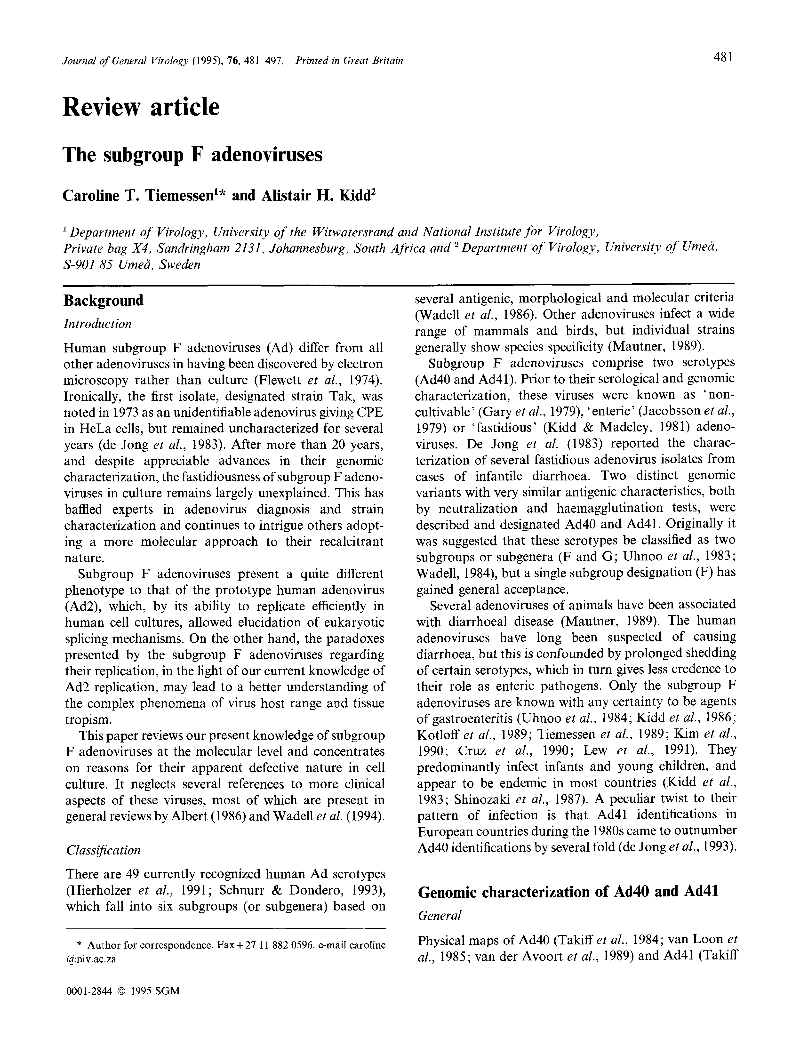
Full text loading...
*Author for correspondence. Fax + 27 11 882 0596. e-mail [email protected]

The subgroup F adenoviruses, Page 1 of 1
< Previous page | Next page > /docserver/preview/fulltext/jgv/76/3/JV0760030481-1.gif
There is no abstract available.

Article metrics loading...

Full text loading...
References


Data & Media loading...
